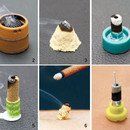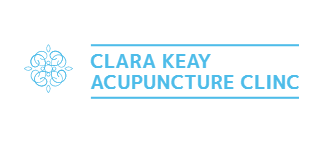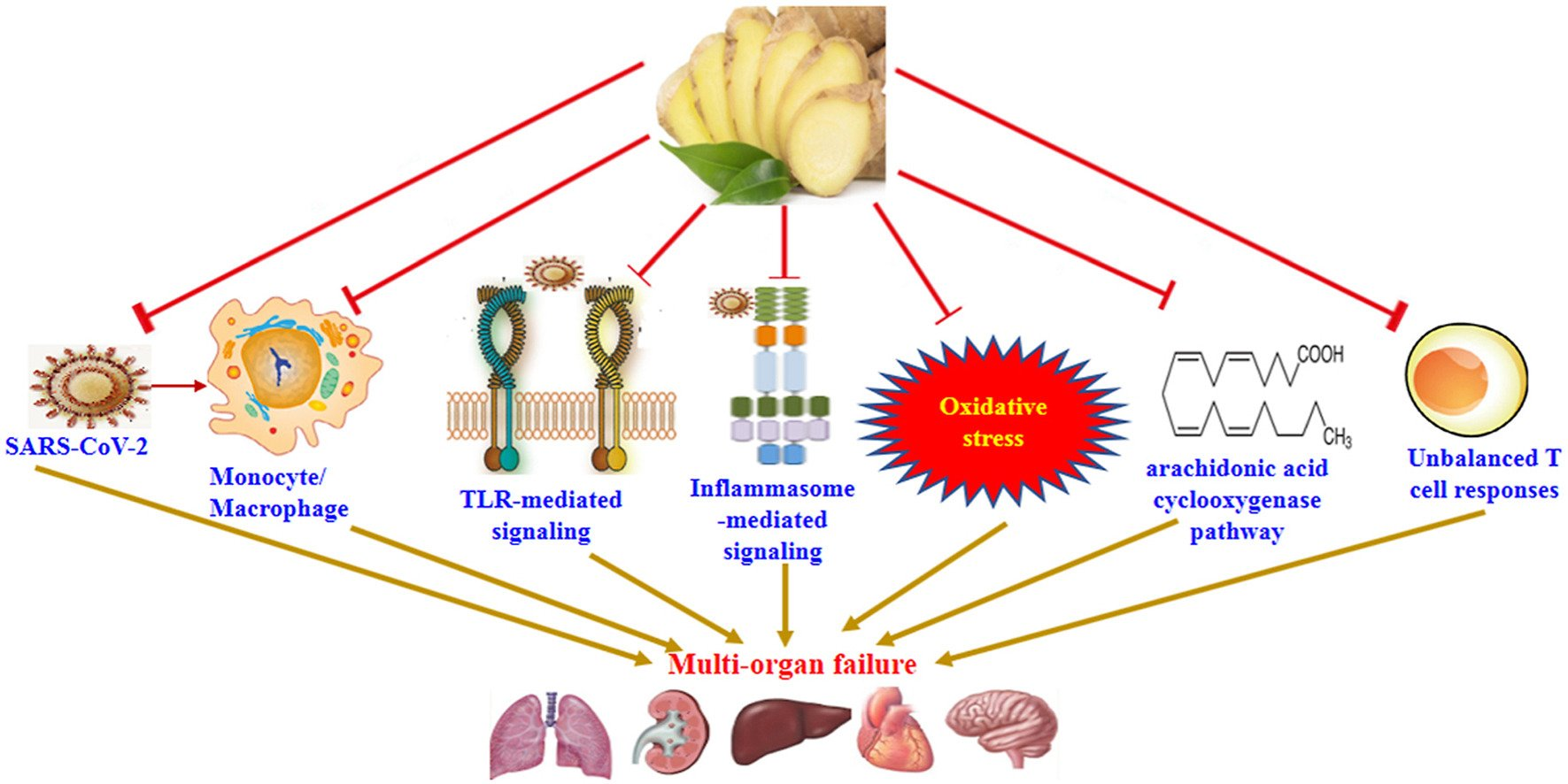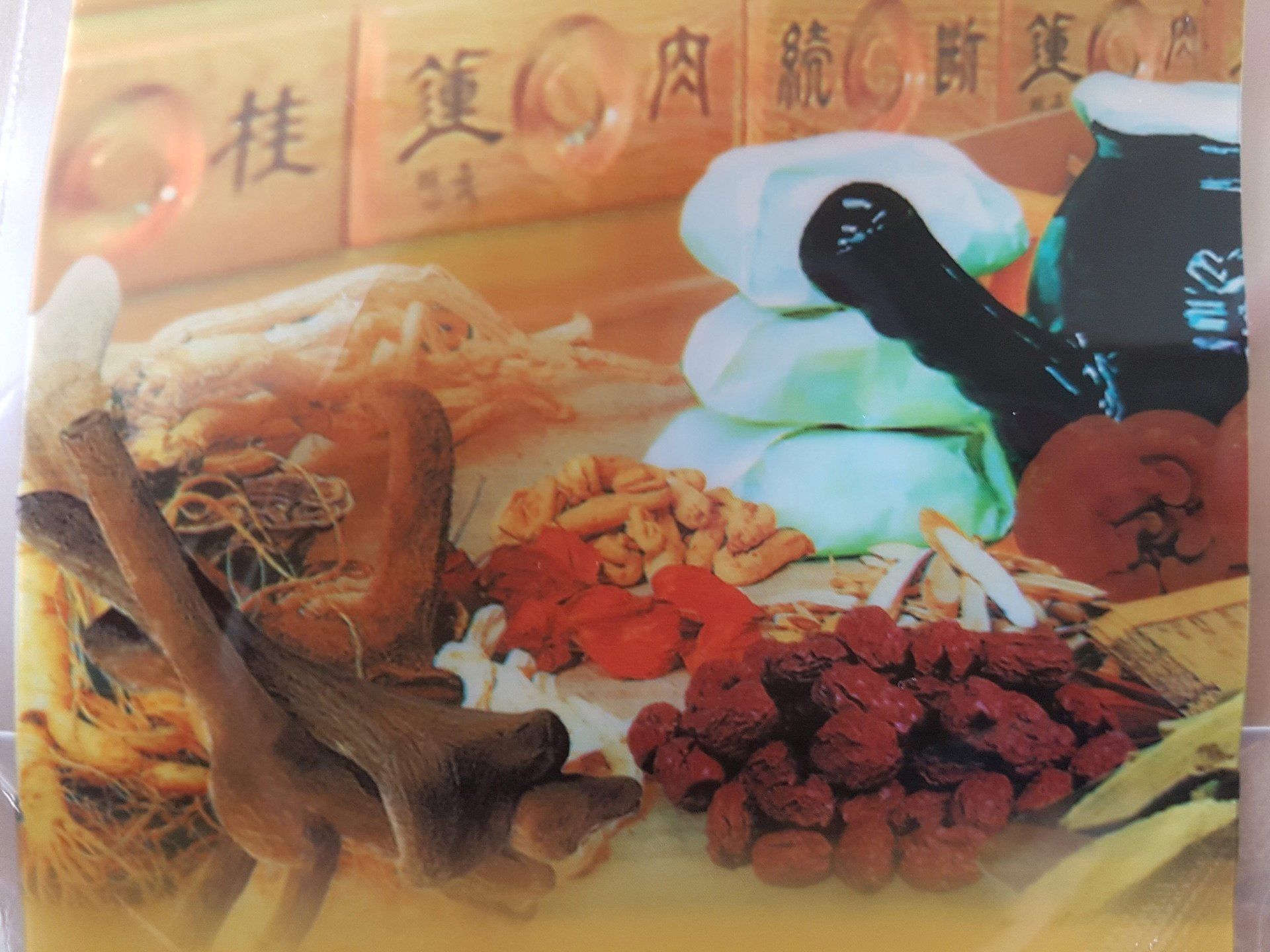How Do You Boost Resilience During the Current COVID-19 Pandemic
Admin • 26 November 2020
COVID-19 also causes neurologic signs

Acupuncture—a member of the traditional and complementary medicine family—is an effective treatment modality that sends electrical signals to regulate functions in different organ systems in the human body.1 Many studies exist to prove the efficacy of acupuncture for treating chronic and acute pain. The World Health Organisation has also endorsed the effectiveness of acupuncture for addressing various systemic disorders, thus not restricting the use of acupuncture to just pain management.2
The most characteristic symptom of COVID-19 is respiratory distress and difficulty in spontaneous breathing. A recent study showed that COVID-19 also causes neurologic signs, such as headache, nausea, and vomiting.3 The same study also showed that COVID-19 is not always confined to the respiratory tract and can also invade the central nervous system, inducing neurological problems. Acupuncture's lack of side-effects is a distinct advantage in application of this therapy for such cases.
According to Traditional Chinese Medicine (TCM), it is necessary to tonify the Qi, dispel the Wind–Heat, and relieve toxicity, which can be collectively termed (in Western medicine) as treating an upper respiratory–tract infection and improving the upper respiratory mucosal immune system and the body's immune regulatory effects.4 Several studies have proven that acupuncture is more effective than many antihistamine drugs for relieving respiratory distress.5–9 Evidence from a systematic review and meta-analysis showed that acupuncture is effective for relieving the breathlessness, headache, sneezing, sore throat, fever, nasal congestion, cough, and general pain that occurs in anhidrosis.10–12
Acupuncture can be helpful for improving immunity, relieving respiratory distress, and addressing neurologic and digestive symptoms. The points that may be used are as follows.
CV 17 (Danzhong), BL 13 (Feishu), LU 9 (Taiyuan), PC 6 (Neiguan), PC 5 (Jianshi), ST 36 (Zusanli),
LU 1 (Zhongfu)
The patient is asked to lie down in a supine position. LU 9, PC 5, PC 6, and ST 36 are needled bilaterally. Needles can be left in for 20 minutes and Deqi should be attained at all points. Moxibustion is given at CV 17 and LU 1 for 2–5 minutes, based on the sensitivity of the patient. After 20 minutes, the needles are removed and the patient is asked to lie in a prone position with an exposed back, so it can be needled on BL 13 bilaterally for 20 minutes. 1 cun, locally manufactured, filiform needles, with a 0.38-mm diameter and a 2.5-mm length, can be used for the treatment.
Several clinical trials show that acupuncture lessened digestive and nervous system reactions greatly and also showed protection against hematopoiesis. For certain conditions, acupuncture has been more effective than atropine13 and some antibiotics.14–16 Current evidence suggests that acupuncture does not cure COVID-19. However, research on the effects of acupuncture treatments that stimulate the immune system suggest that acupuncture may be of use in conjunction with other medical therapies for treating infections.15,1
References
1. Kovich F. A new definition of an acupuncture meridian. J Acupunct Meridian Stud. 2019;12(1):37–41.
2. World Health Organisation (WHO). Acupuncture: Review and Analysis of Reports on Controlled Clinical Trials. Geneva: WHO. Online document at: https://chiro.org/acupuncture/FULL/Acupuncture_WHO_2003.pdf. Accessed March 28, 2020.
3. Li Y-C, Bai W-Z, Hashikawa T. The neuroinvasive potential of SARS-CoV2 may play a role in the respiratory failure of COVID-19 patients. J Med Virol. 2020;March 11:e-pub ahead of print.
4. Yang Y, Islam MS, Wang J, Li Y, Chen X. Traditional Chinese Medicine in the treatment of patients infected with 2019-new coronavirus (SARS-CoV-2): A review and perspective. Int J Biol Sci. 2020;16(10):1708–1717.
5. Brinkhaus B, Witt CM, Jena S, Liecker B, Wegscheider K, Willich SN. Acupuncture in patients with allergic rhinitis: A pragmatic randomized trial. Ann Allergy Asthma Immunol. 2008;101(5):535–543.
6. Huang YQ. Therapeutic effect of acupuncture treatment in 128 cases of hay fever [in Chinese]. Chin Acupunct Moxibustion. 1990;10(6):296–297.
7. Jin R. Clinical observation of 100 cases with allergic rhinitis treated by acupuncture [in Chinese]. Chin Acupunct Moxibustion. 1989;9(4):185–186.
8. Liu DX. Acupuncture at Biqiu in the treatment of allergic rhinitis [in Chinese]. Chin Acupunct Moxibustion. 1995;15(6):292–293.
9. Yu JL. Effect of acupuncture treatment in 230 cases of allergic rhinitis [in Chinese]. Chin Acupunct Moxibustion. 1994;14(5):241–242.
10. Jobst K, Chen JH, McPherson K, et al. Controlled trial of acupuncture for disabling breathlessness. Lancet. 1986;328(8521–8522):1416–1419.
11. Cheng Y, Gao B, Jin Y, Xu N, Guo T. Acupuncture for [sic] common cold: A systematic review and meta-analyze protocol. Medicine. 2018;97(10):e0061.
12. Deng G, Giralt S, Chung DJ, et al. Acupuncture for reduction of symptom burden in multiple myeloma patients undergoing autologous hematopoietic stem cell transplantation: A randomized sham-controlled trial. Support Care Cancer. 2018;26(2):657–665.
13. Shi XL. Acupuncture treatment of gastrointestinal spasm [in Chinese]. Chin Acupunct and Moxibustion. 1995;15(4):192–193.
14. Xu BQ. Experimental studies on acupuncture treatment of acute bacillary dysentery—the role of humoral immune mechanism. In: Zhang XT, ed. Research on Acupuncture-Moxibustion and Acupuncture–Anaesthesia [in Chinese]. Beijing, Science Press; 1986:573–578.
15. Wang XY. Acupuncture and moxibustion in the treatment of asymptomatic hepatitis B virus carriers by strengthening the body resistance to eliminate pathogenic factors: A clinical experimental study. Int J Clin Acupunct. 1991;2(2):117–125.
Copyright 2020, Mary Ann Liebert, Inc., publishers / To cite this article: Medical Acupuncture.Jun 2020.166-168.http://doi.org/10.1089/acu.2020.29146.cpl/ Published in Volume: 32 Issue 3: June 16,2020

Effects of moxibustion for COVID-19 convalescence A protocol for systematic review and meta-analysis
Background: Coronavirus disease 2019 (COVID-19) is still spreading around the world. Moxibustion, as a significant therapy in traditional Chinese medicine (TCM), has been widely used to treat COVID-19, especially in recovery period. The study will aim to assess the efficacy and safety of moxibustion for COVID-19 convalescence. Methods: We will systematically search the relevant randomized controlled trials in the 7 databases from inception to February 2021, including PubMed, MEDLINE, Embase, Cochrane Clinical Trials Database, Web of Science, China National Knowledge Infrastructure and Chinese Biomedical Literature Database. No language and publication status restrictions will be applied. Two reviewers will independently conduct and screen all included studies and the meta-analysis will be performed with RevMan V5.3 (The Cochrane Collaboration, Oxford, England). Results: The study will provide a high-quality convincing assessment of the efficacy and safety of moxibustion for the treatment of COVID-19 convalescence, which will be published in a peer-reviewed journal. Conclusion: Our study will give more comprehensive evidence of the effectiveness of moxibustion for COVID-19 convalescence. Source: https://journals.lww.com/md-journal/Fulltext/2021/04090/Effects_of_moxibustion_for_COVID_19_convalescence_.72.aspx


